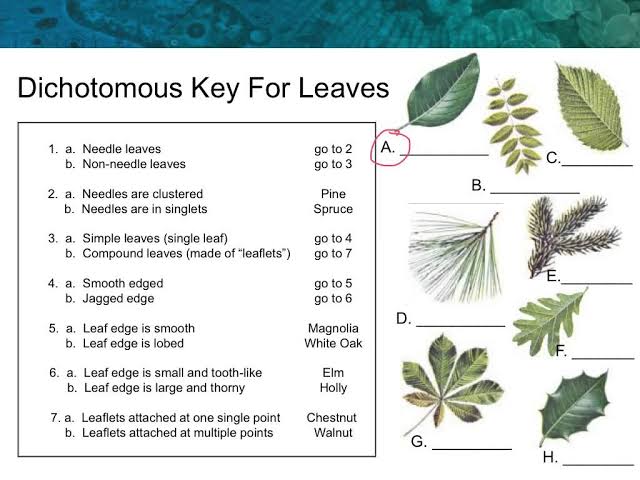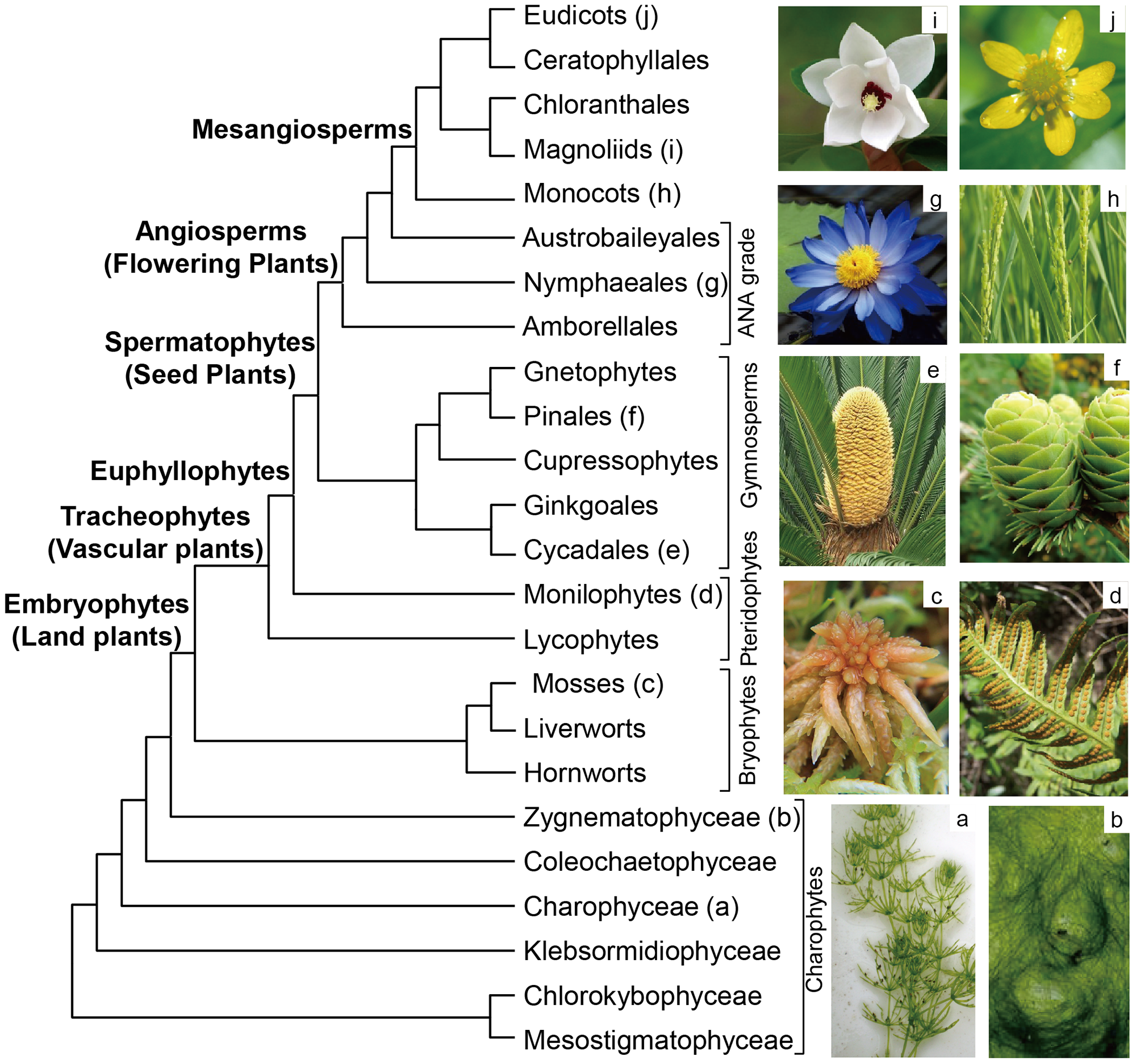5.5 | Using Floras & Dichotomous Keys
Using Floras & Dichotomous Keys for Identification
Anthony Farao
Aligns to COR C: Naming and classifying plants

Floras are comprehensive manuals that catalog all the plant species known from a particular region. They typically provide descriptions of families, genera, and species, along with information on habitat, distribution, and phenology. A flora may include illustrations or line drawings, maps of species’ ranges, and notes on taxonomic synonyms. Botanists and ecologists rely on floras to verify identifications, track changes in species’ ranges, and support conservation planning. Because floras are updated periodically, they reflect current taxonomic treatments under the International Code of Nomenclature.
A dichotomous key is a tool that guides a user through a series of paired choices—called couplets—based on morphological traits. Each couplet presents two contrasting statements; by selecting the statement that matches the specimen, the user is directed to another couplet or to a taxon name. Keys may be single-access (standard dichotomous) or multi-access (polyclave) in design. Effective keys use clear, nonoverlapping characters—for example, distinguishing leaf margins as “entire” versus “dentate”—and they indicate which characters are most reliable at different developmental stages or in different seasons.

To use a flora and key in tandem, begin by consulting the introduction of the flora to determine the appropriate key (e.g., “Key to Trees,” “Key to Graminoids”). Gather a well-pressed specimen or detailed field notes and observe
characters such as leaf arrangement, flower structure, or fruit type. Work systematically through the key, noting any discrepancies. If you reach a dead end or conflicting character states, cross-reference the full species description in the flora. This iterative process helps avoid misidentifications due to damaged specimens or atypical characters.

Best practices include recording locality, elevation, and date when collecting specimens; photographing key characters; and annotating your field notes with sketches. Always verify identifications by comparing with multiple specimens or consulting herbarium collections when possible. When floras disagree—due to taxonomic revisions or regional differences—favor the treatment most recently published or the one that best matches all observed characters.
Real-World Example
In Kings County, along irrigation ditches bordering winter wheat fields near Hanford, a UC Cooperative Extension specialist employed the Jepson Manual eFlora key to Brassicaceae to distinguish Sinapis arvensis from Brassica nigra. By selecting the couplet contrasting cylindrical pods on long pedicels with broader pods sessile on the stem, the specialist navigated to Sinapis arvensis. Field notes on leaf shape and photographs of fruiting structures were then cross-referenced with the Sinapis arvensis species treatment in the Jepson eFlora, confirming the identification and informing targeted weed-management recommendations for local growers.
Sources:
Jepson eFlora dichotomous key to Brassicaceae University and Jepson Herbaria
Jepson eFlora species treatment for Sinapis arvensis University and Jepson Herbaria
Questions to Ponder
- How might seasonal variation in flowering affect which key you choose in a flora?
- What are the advantages and limitations of single-access versus multi-access keys?
- In what situations would geographic distribution data override a morphological couplet in making an identification?
- How can digital floras and interactive keys improve accuracy and accessibility for non-specialists?
Self-Check Exercises
- True or False: A dichotomous key always leads to a unique species name without consulting any other resources.
- Short Answer: List three morphological characters commonly used in couplets for grass identification.
- Match the Couplets: Given the following excerpt, match each couplet choice to its correct next step or taxon.
- Key Practice: Using a provided flora excerpt, key out a pressed herbarium specimen by noting your path through at least four couplets.
